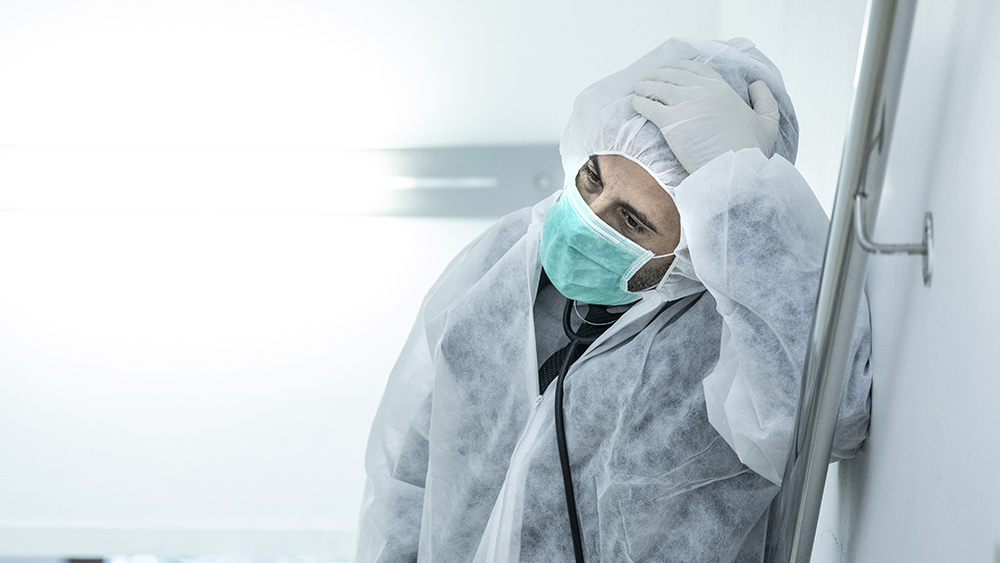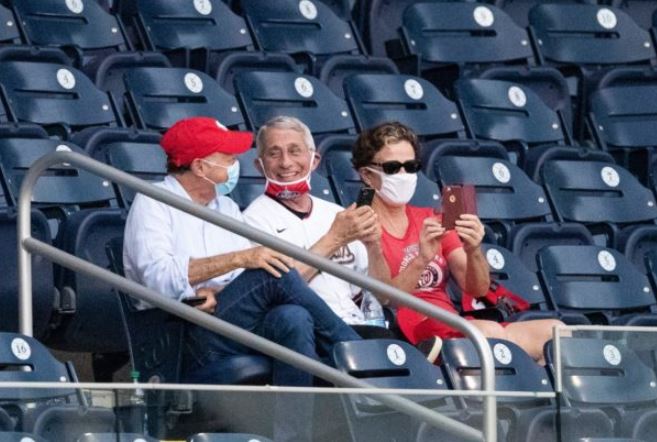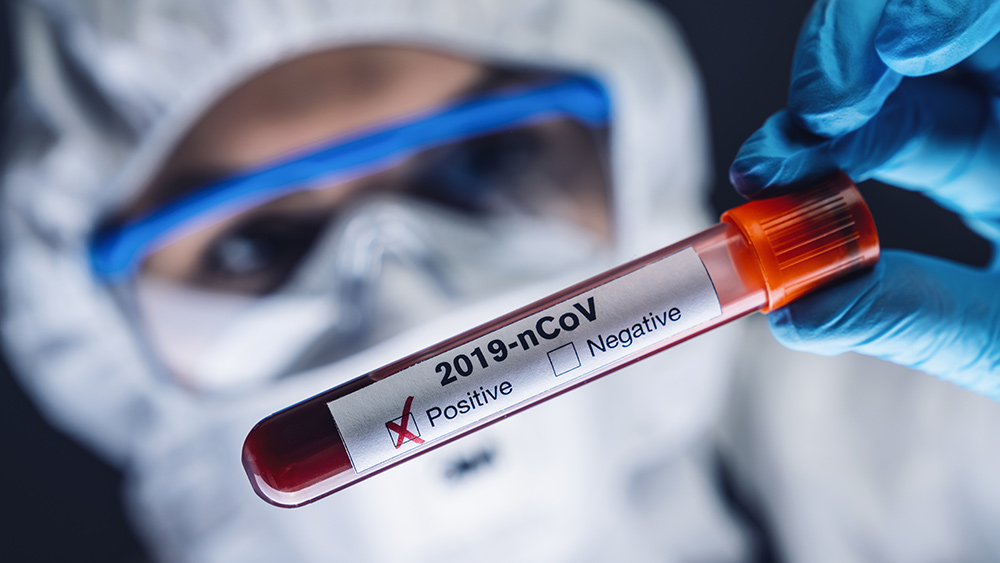Expert warns that coronavirus can be spread through talking and even just BREATHING
04/03/2020 / By Franz Walker

While it’s known that the coronavirus is spread through coughing and sneezing, it may also be able to spread through aerosolized droplets from talking or breathing, health experts told the White House Wednesday.
On Wednesday, Dr. Harvey Fineberg, chairman of the National Academy of Sciences‘ Standing Committee on Emerging Infectious Diseases and 21st Century Health Threats, sent a letter to the White House in response to an inquiry concerning whether the coronavirus could possibly spread by talking alone.
“While the current [coronavirus] specific research is limited, the results of available studies are consistent with aerosolization of virus from normal breathing,” wrote Dr. Fineberg.
“This letter responds to your question concerning the possibility that [coronavirus] could be spread by conversation, in addition to sneeze/cough – induced droplets,” continued Dr. Fineberg in the letter. “Currently available research supports the possibility that [coronavirus] could be spread via bioaerosols generated directly by patient exhalation.”
Existing research shows that that virus can be suspended in the air
In his letter, Dr. Fineberg explained that existing research on the virus from China has shown that the virus can remain suspended in the air when health care workers remove their personal protective gear, when staff moves around or when floors are cleaned. These aerosolized coronavirus droplets can remain in the air and possibly infect someone who walks by at a later time, said Dr. Fineberg. However, how long the virus stays in the air is dependent on several factors.
“If you generate an aerosol of the virus with no circulation in a room, it’s conceivable that if you walk through later, you could inhale the virus,” Dr. Fineberg explained. “But if you’re outside, the breeze will likely disperse it.”
The social distancing guidelines from the Centers for Disease Control and Prevention (CDC) and World Health Organization (WHO) recommends people to stay at least six feet apart from others if you are concerned about being exposed to a contagious person or if you think you are contagious yourself.
The virus primarily spreads from person to person through respiratory droplets produced when an infected person coughs or sneezes. These droplets can be inhaled by nearby people or even land directly on their mouths and noses.
Health officials are considering the broad use of masks
The letter from Dr. Fineberg comes just as top health officials are considering recommending the broad use of masks in the United States. Current guidance from the CDC and WHO encourages the general public not to wear masks, saying that only health care workers and those who are infected do so. Now, the Surgeon General’s office is asking the CDC to reconsider this.
“Initially the CDC, the World Health Organization (WHO) and my office recommended against the general public wearing masks based on the best available science at the time in terms of whether they prevent wearers from catching coronavirus,” stated Surgeon General Jerome Adams during an interview Wednesday on Good Morning America.
Adams statement is an about-face from his previous statements back in late February. Back then, he stated that Americans should stop buying medical masks, saying they were needed by medical professionals. However, his previous statement does highlight one problem that U.S. healthcare workers are facing, even if the public at large still hasn’t started using masks. Healthcare workers in the frontlines of the outbreak are currently suffering from a shortage of protective gear.
The shortage has caused some health care workers to start reusing masks that are meant to be used only once. Others are going to hardware stores to buy masks not normally meant for medical use. Meanwhile, the CDC has advised health care workers to use homemade masks as a last resort.
Even Dr. Fineberg, who states that he’ll be wearing masks now when he goes for groceries, has come up with his own personal solution to avoid having to use medical masks needed by health care workers.
“I’m not going to wear a surgical mask, because clinicians need those,” Dr. Fineberg explained. “But I have a nice western-style bandana I might wear. Or I have a balaclava. I have some pretty nice options.”
Sources include:
Tagged Under: aerosolized, airborne, breathing, CDC, Centers for Disease Control and Prevention, China, coronavirus, cough, covid-19, Flu, government, infection, infections, masks, n-95 mask, NAS, National Academy of Sciences, outbreak, pandemic, priority, sneeze, superbugs, talking, virus, White House, WHO, World Health Organization
RECENT NEWS & ARTICLES
Pandemic.News is a fact-based public education website published by Pandemic News Features, LLC.
All content copyright © 2018 by Pandemic News Features, LLC.
Contact Us with Tips or Corrections
All trademarks, registered trademarks and servicemarks mentioned on this site are the property of their respective owners.





















